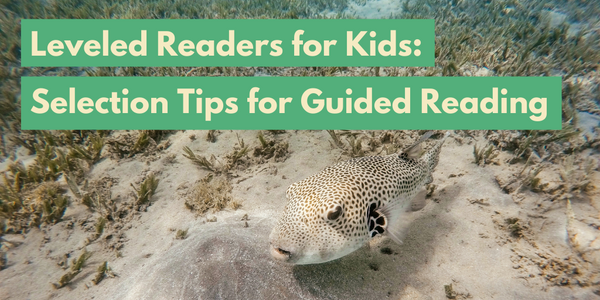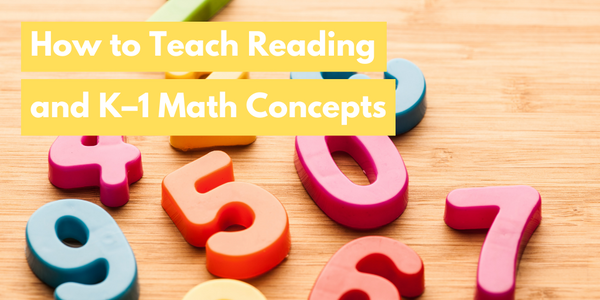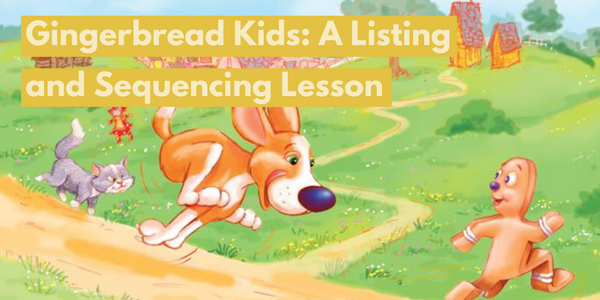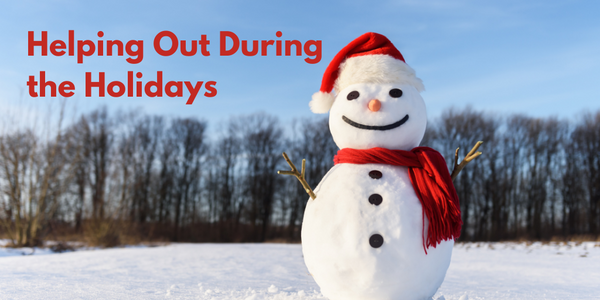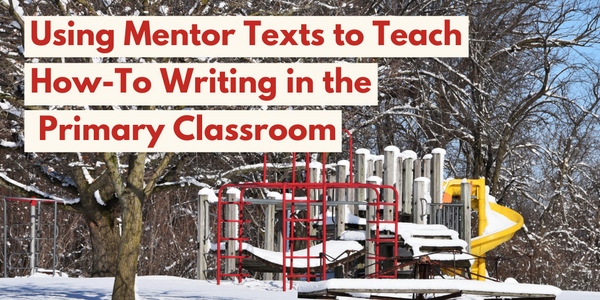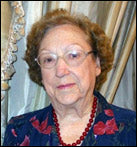 This is a guest blog post by Dr. Geraldine Haggard, who
is a retired teacher, Reading Recovery teacher leader, author, and university teacher. She spent 37 years in the Plano, TX school system. She currently tutors, chairs a committee that gifts books to low-income students, teaches in her church, and serves as a facilitator in a program for grieving children.
This is a guest blog post by Dr. Geraldine Haggard, who
is a retired teacher, Reading Recovery teacher leader, author, and university teacher. She spent 37 years in the Plano, TX school system. She currently tutors, chairs a committee that gifts books to low-income students, teaches in her church, and serves as a facilitator in a program for grieving children.
The national standards for grade two require the use of the genres of fiction and expository informational texts.
In this set of two posts, I use the
Story World Real World series
, which are paired texts designed for this purpose. The back of each book in the series shows how titles from the series can be paired together to integrate the two types of literature. The purpose of the design of the standards is to develop strategies for reading and scaffolding information from both types of texts. The ability to do this will provide the students with opportunities to develop strategies needed to read and use both fiction and nonfiction as demanded in social studies, science, and other content areas as they study, write, and participate in content subjects in the upper grades.
The two books chosen for this set of posts are The Lion and the Mouse from Story World and Lions from Real World. There are multiple ways to use the books with children with varied independent reading levels.
The labels before each standard begin with "RL.2." and the number of the standard follow. The "RL.2." part means Reading, Literature, Grade 2. The standards are arranged under designated areas of the uses of literature. The standards in this post are based on fiction stories. I’ll go over the informational text standards in
Part 2
.

KEY IDEAS AND DETAILS
RL.2.1 Ask and answer questions: WHO, WHAT, WHERE, WHEN, WHY, and HOW.
- Who are the characters in the fable?
- What are some things each character did?
- What happened to the lion?
- Where was the lion?
- When do you think the story happened (daytime, etc.)?
- Why did the lion change his mind about the mouse?
- How did the mouse feel when it saw the lion in the net?
Invite children to ask their questions based on the question words. They might quiz each other using questions they write.
RL.2.5 Describe the overall structure of a story, including describing how the beginning and the ending conclude the action.
Ask the students to read the book title and page 2. Invite them to share questions about what they think will happen in the story. Record these questions for students to review after the story is read. Guide a discussion based on which of their questions were answered by the story. Explain that they used the beginning of the story to ask unanswered questions and after reading they can read/reread the last page to determine the ending of the story. Explain that the story ended, or had a conclusion. What happened between pages 2 and 16 happened between the first and last part of the story.
RL.2.6 Acknowledge differences in the points of view of characters, concluding by speaking in a different voice for each character when reading dialog aloud.
Select a subject for which the children can share their points of view. (How they are special? What is their favorite game and why?) Several can share their points of view and the group can talk about how their points of view were different. You can explain that the lion changed his point of view about the mouse. Ask them to think about this as they read. Why did the lion change how he felt about the mouse?
At the beginning of the story (page 2) what point of view did everyone have of the lion? What was the lion's point of view about himself (page 6)? What was baby monkey's point of view about the lion (page 11)? What was the mouse's point of view about himself (page 15)?
After reading, invite the children to reread, speaking as the lion, mouse, or monkey did in the story. What emotions are they sharing as they become one of the animals. How did each animal feel as it spoke?
RL.2.7 Use information gained from the illustrations and words in a digital text to demonstrate the understanding of its characters, setting, or plot.
This standard is based on use of computer versions of the story, but can also be taught using the illustration of the book. If students are using computers, they can read versions of the story from the web.
CHARACTERS: Discuss the illustrations on pages 2–6. What do these pictures tell us about the lion as the story begins? Study the picture on pages 7–9. What do these pictures tell us? (Elicit several responses for each question.) Study the pictures on pages 10–14. What do these pictures tell us? What do the pictures on the last two pages tell us?
SETTING: Remind the children that the setting includes where and when the story happened. Where does the story take place? Is the time of the setting day or night? What kind of weather do you think the animals are having? Why? Ask the students to write and share sentences about the setting.
RL.2.9 Compare and contrast two or more versions of the same story by different authors.
Visit the school library and check out more versions of the fable The Lion and the Mouse . There are also several websites that contain versions of the fable. You might use a read-aloud and ask the children how the two stories were alike or different.
- Did the stories have the same characters?
- Did they end in the same way?
- Which version did they like the best and why?
- Was their choice of a favorite based on a difference between the two versions?
- What were the differences?
Geraldine Haggard is the author of several books from our Kaleidoscope Collection Series. For more information about the K aleidoscope Collection Series click HERE to return to our website or click the series highlight page to the left below. For more information on the Story World Real World series featured in this post, click here or click the image to the right below.




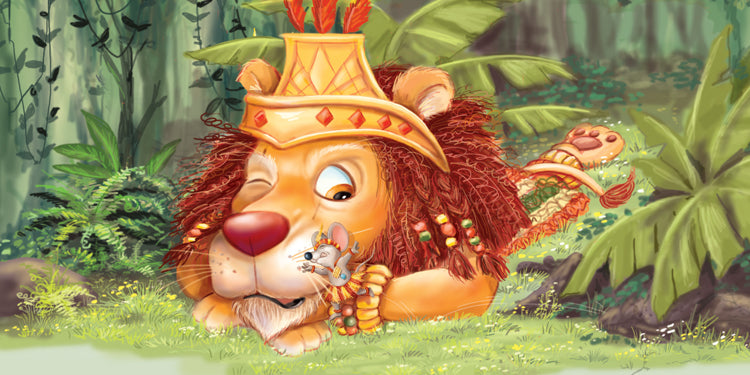
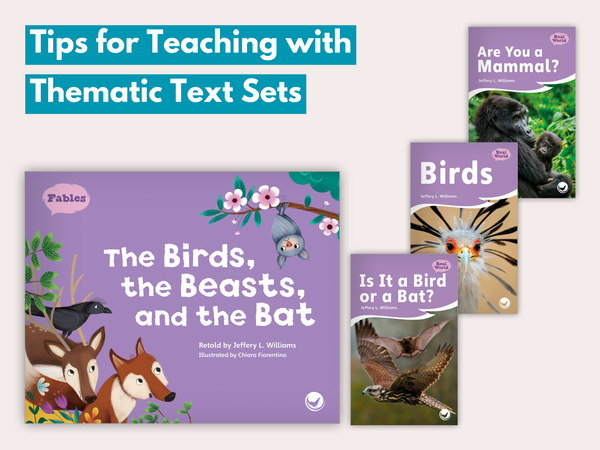
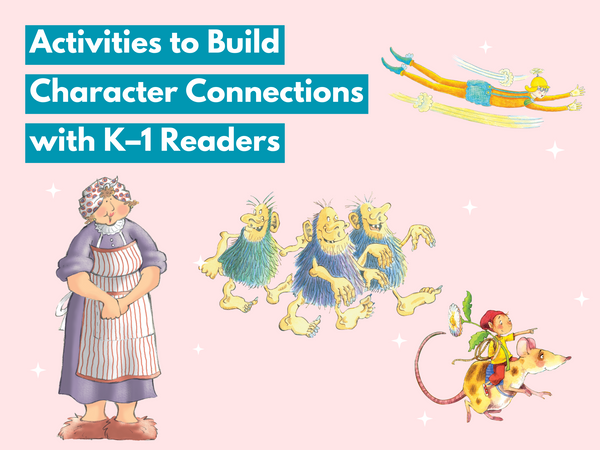
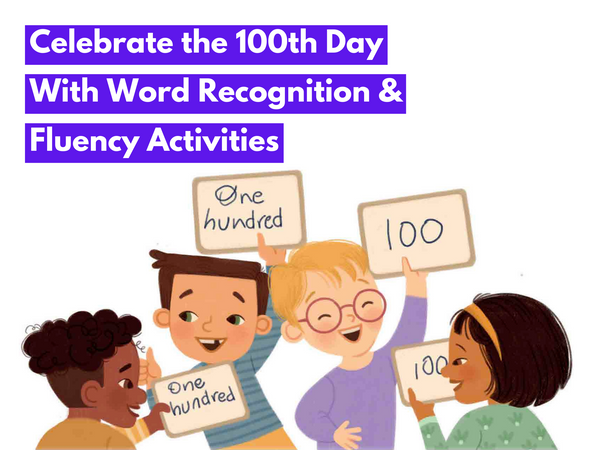
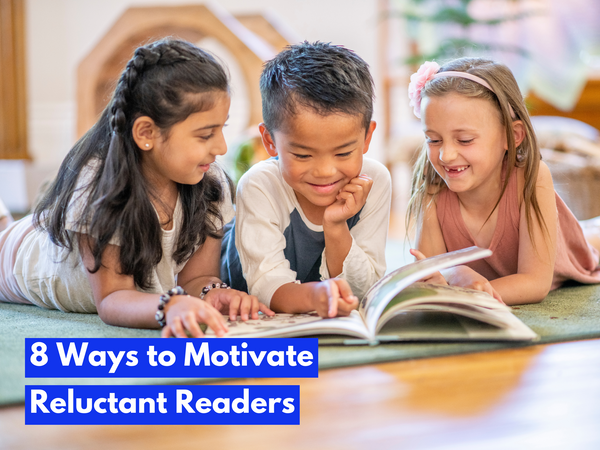
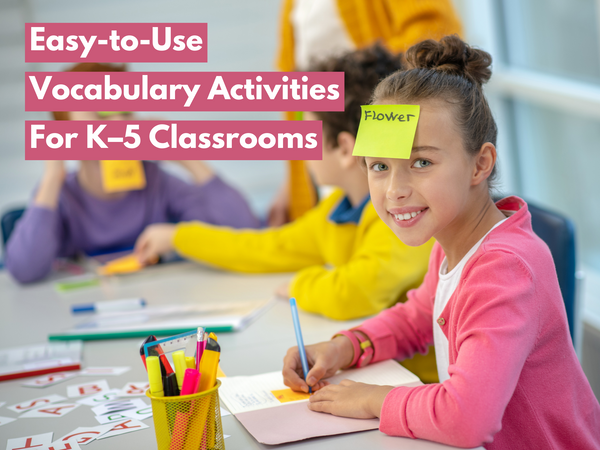
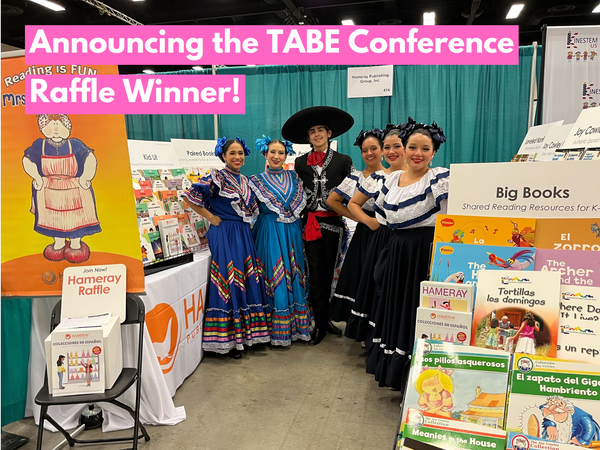
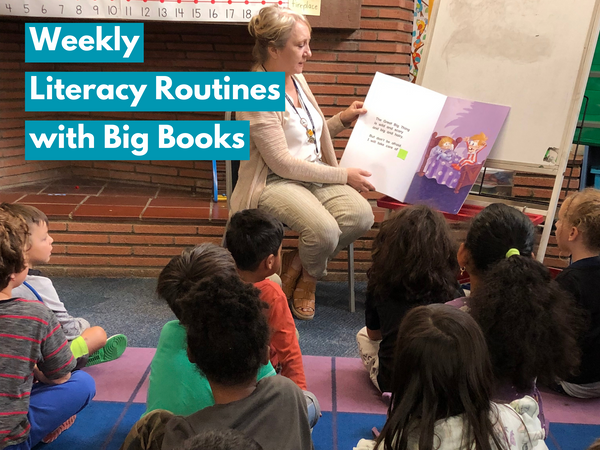
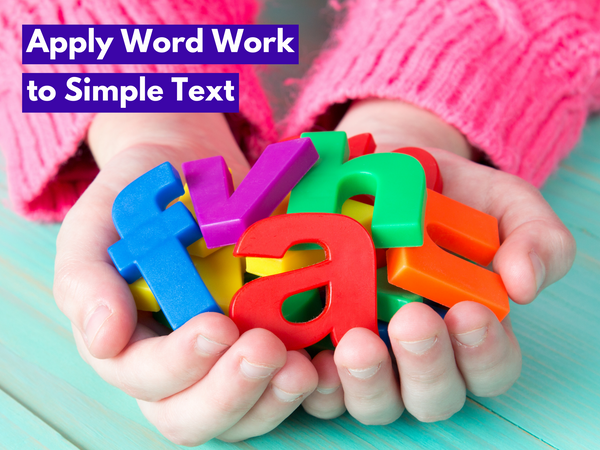
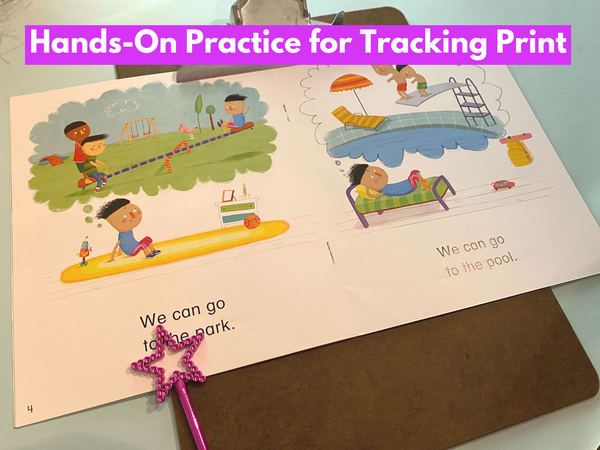
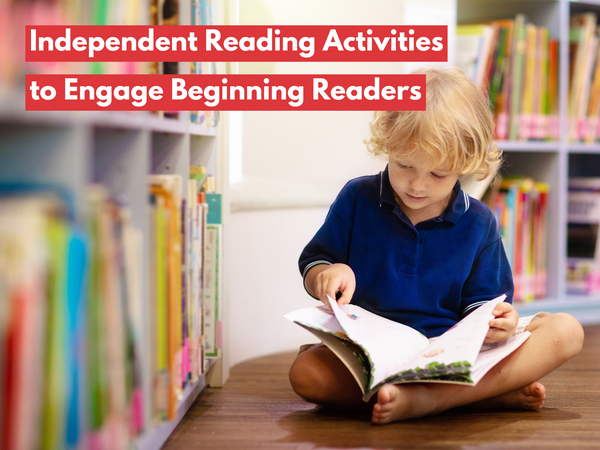
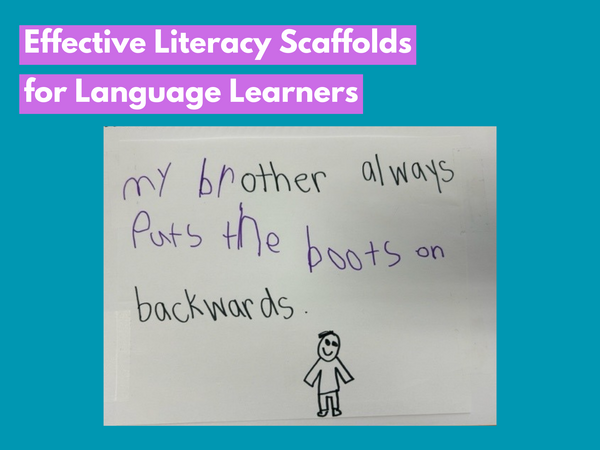
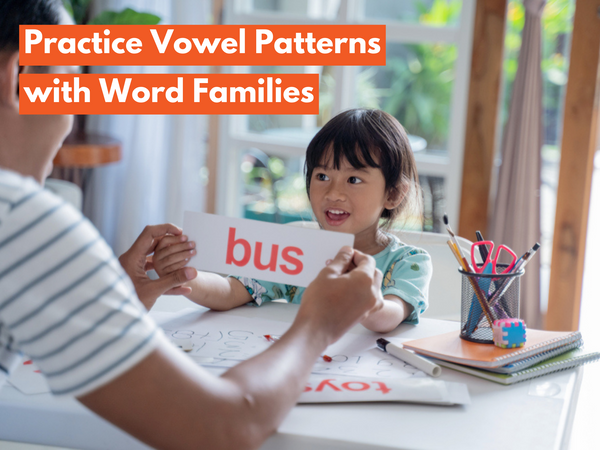
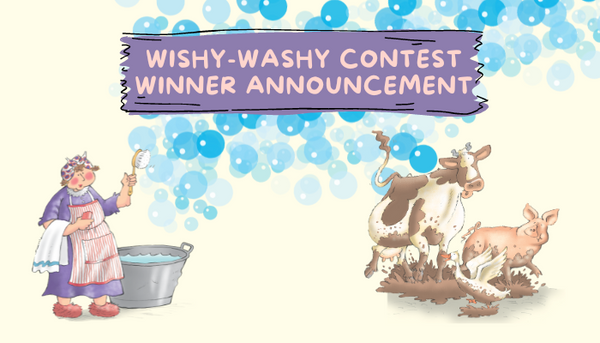
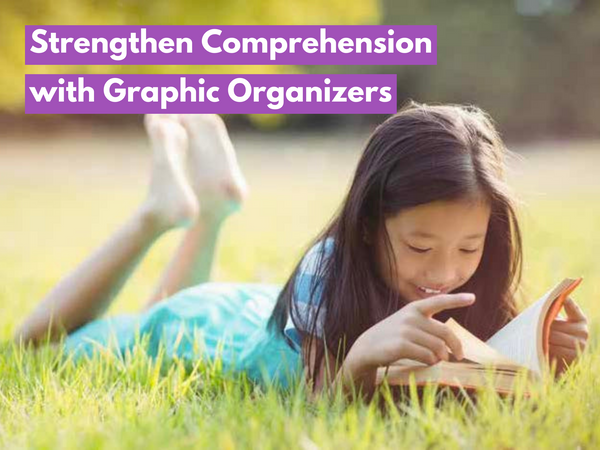
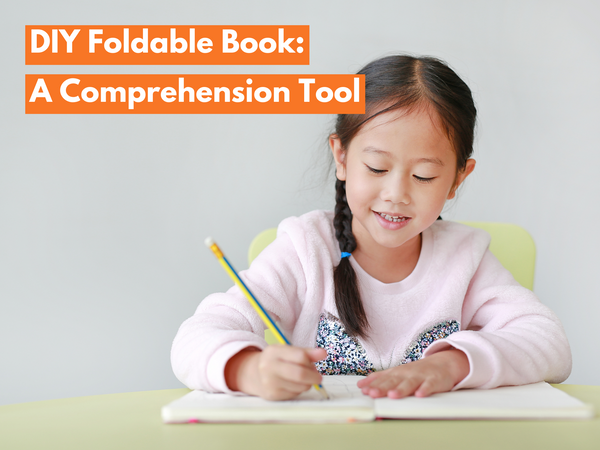
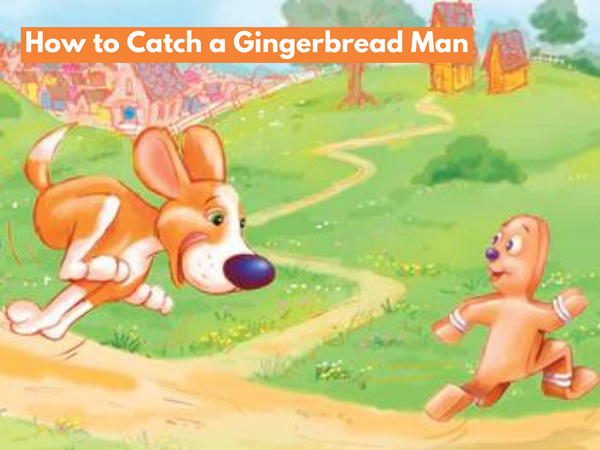
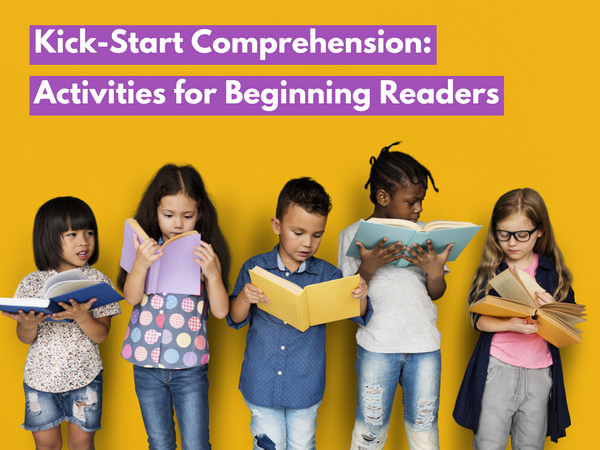
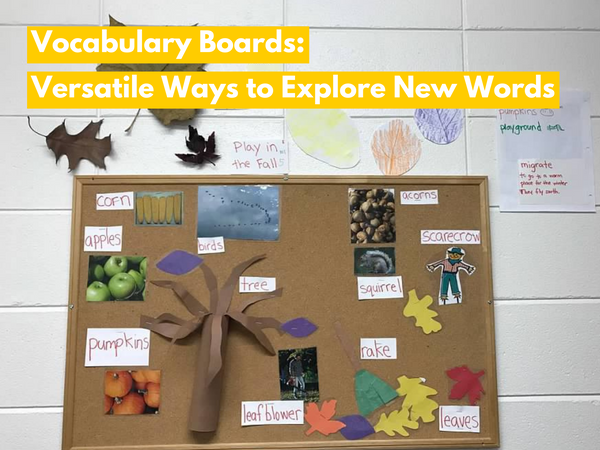
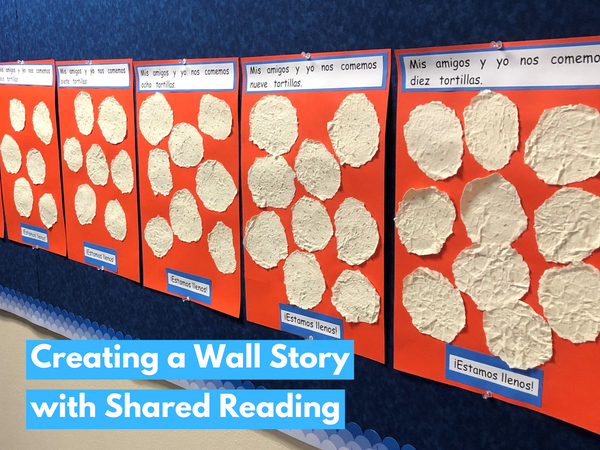
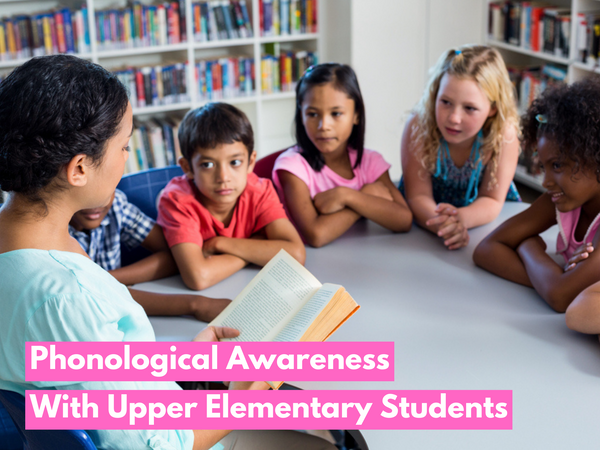
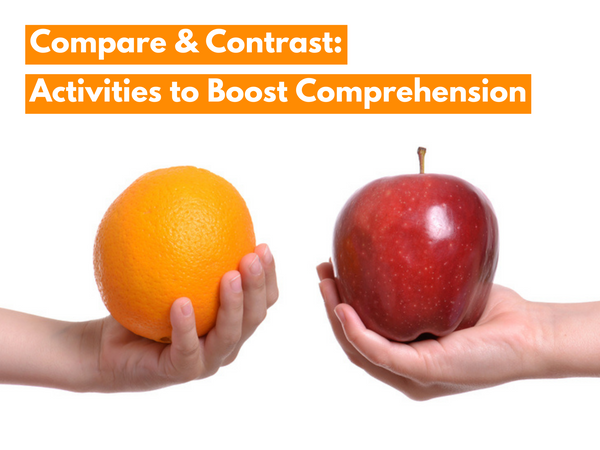
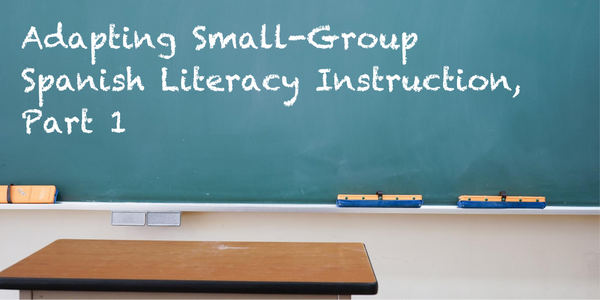
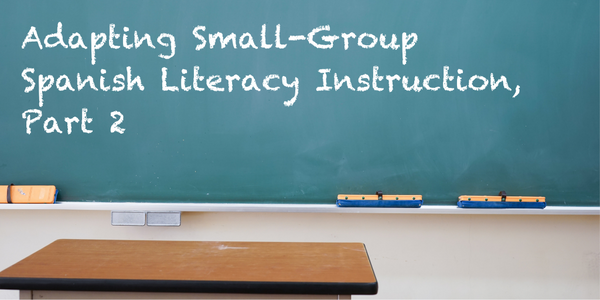
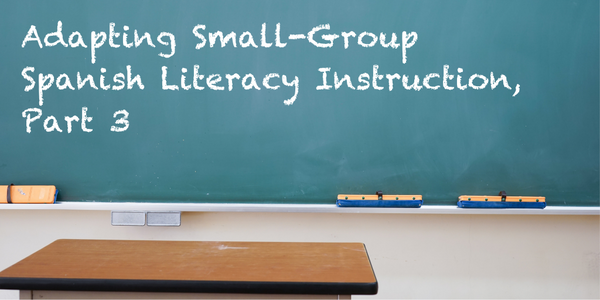
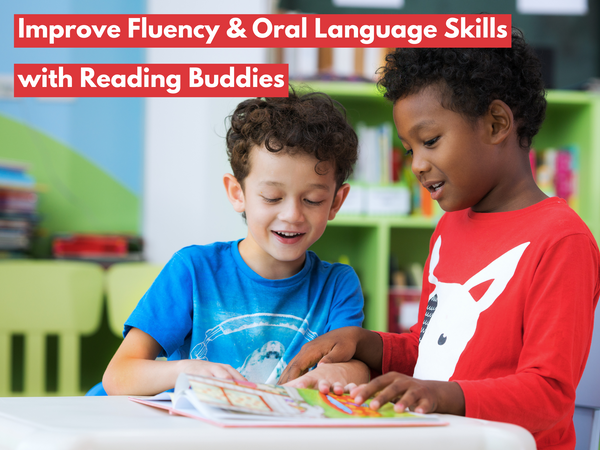
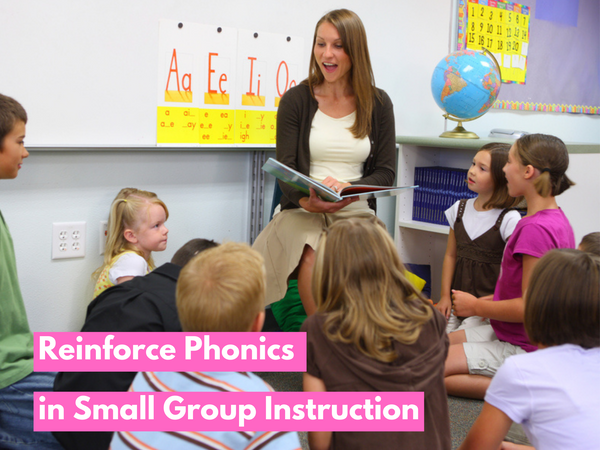
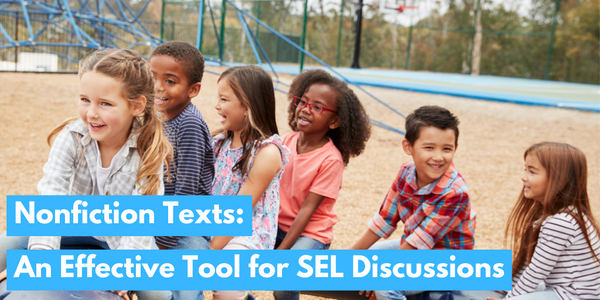
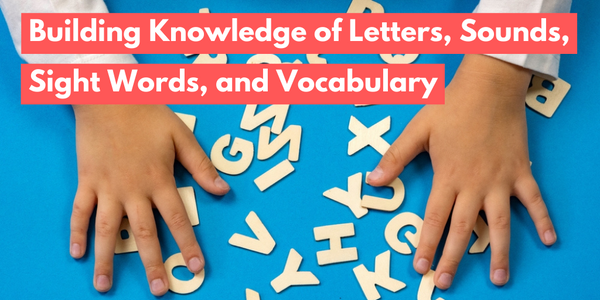
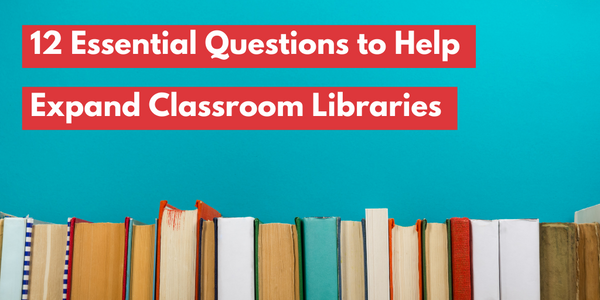
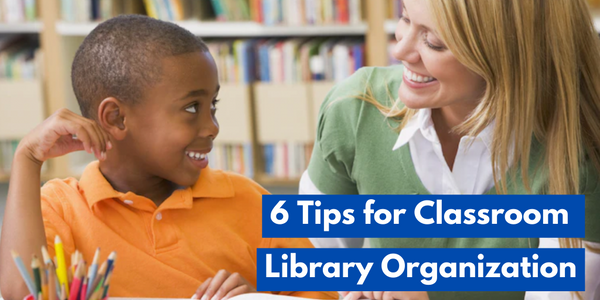
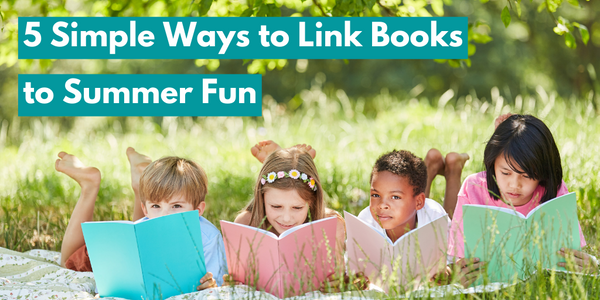
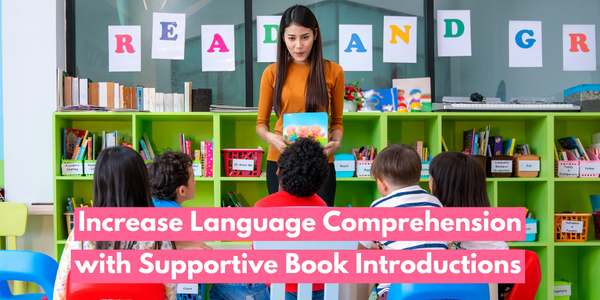
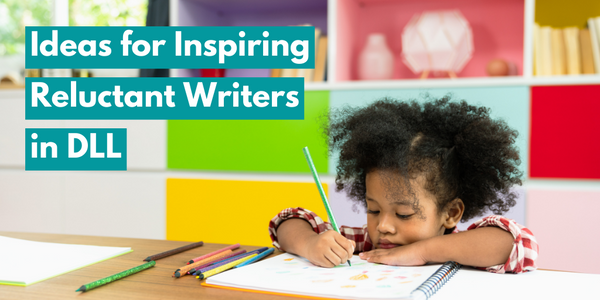
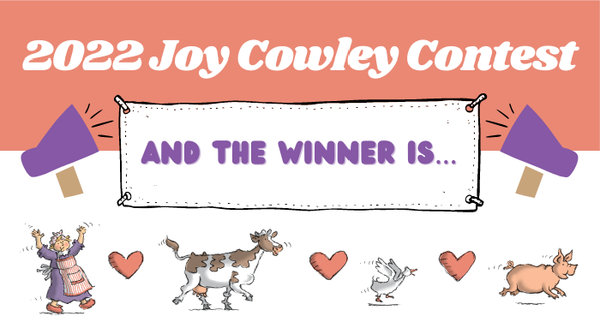
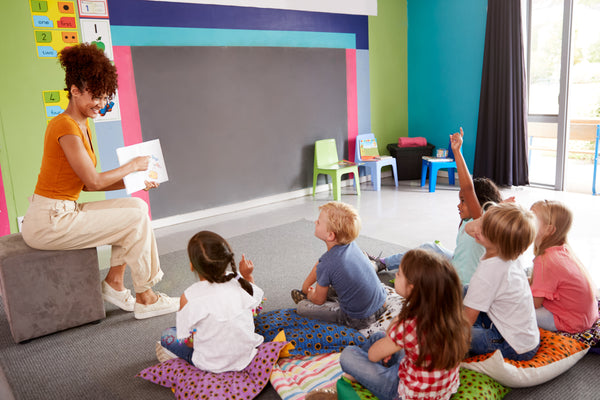

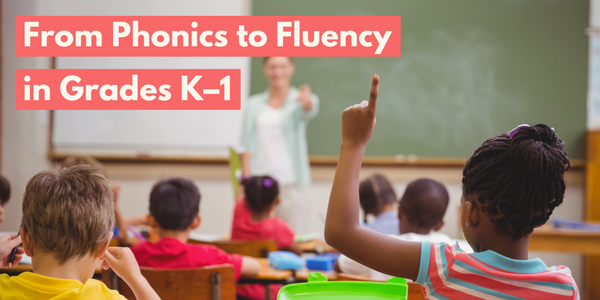

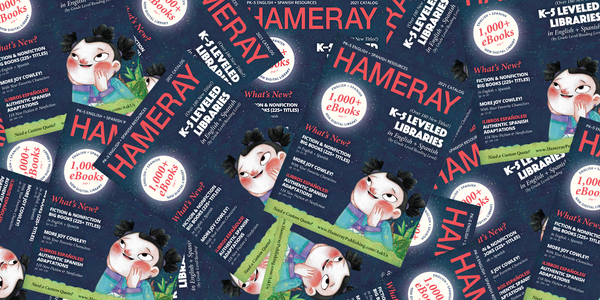
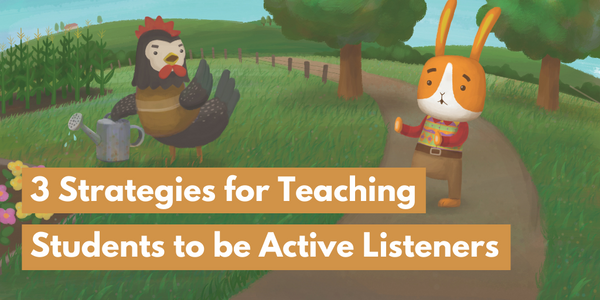
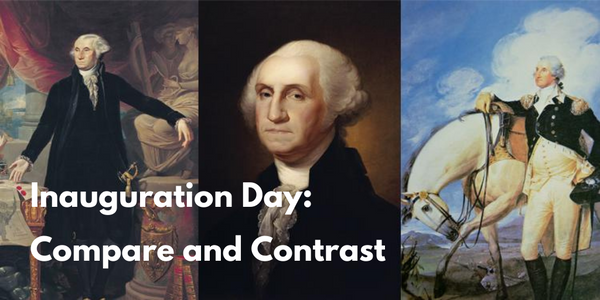
![6 Fun and Easy Activities to Practice Sequencing [Grades K-1]](http://www.hameraypublishing.com/cdn/shop/articles/Red_Typographic_Announcement_Twitter_Post-5_bf1ae163-a998-4503-aa03-555b038d1b76_600x.png?v=1689961568)
![Leveraging Prior Knowledge Before Writing and Reading Practice [Grades 1–2]](http://www.hameraypublishing.com/cdn/shop/articles/Red_Typographic_Announcement_Twitter_Post-4_600x.png?v=1689961965)
